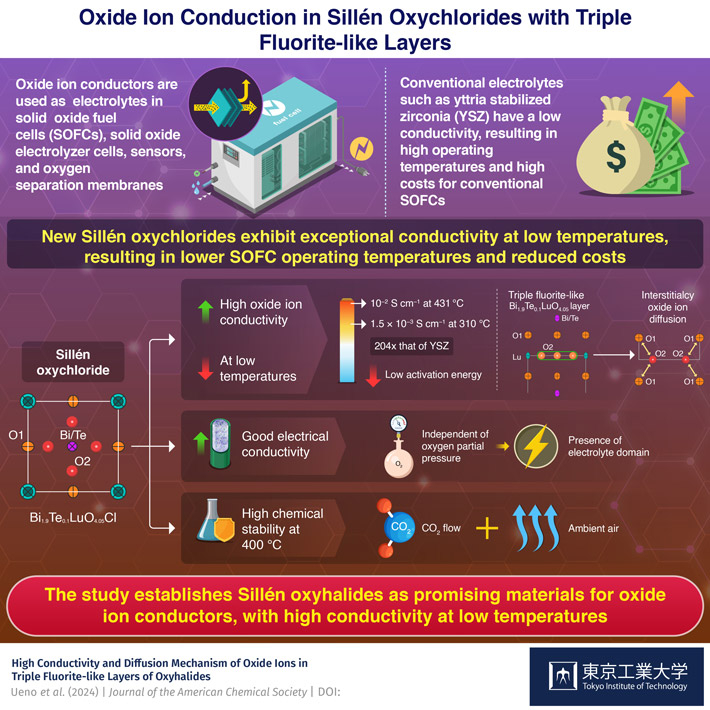
Sam Maresh, country leader, GE Australia and Director of Core Research Facilities and Faculty of Engineering academic, Professor Simon Ringer, with one of the additive manufacturing machines.
World leader and pioneer in additive manufacturing technology, GE Additive, and the University of Sydney, have entered into a strategic five-year agreement to advance Australia’s manufacturing capability.
Additive manufacturing uses data computer-aided-design (CAD) software or 3D object scanners to direct hardware to deposit material, layer upon layer, in precise geometric shapes, to create an object. The technology can be used to build advanced metallic structures such as alloys and aircraft engines. By contrast, when you create an object by traditional means, it is often necessary to remove material through milling, machining, carving, shaping or other means.
The agreement will establish capabilities in metal additive manufacturing technology at the Sydney Manufacturing Hub, a space for training specialists and academics working in additive manufacturing, and the incubation of small to medium manufacturing enterprises.
Located at the University of Sydney’s Darlington campus, the Sydney Manufacturing Hub will enable advanced alloy design and applications to support a range of sectors including aerospace, defence, medicine and agriculture.
Following a memorandum of understanding signed in 2018 and GE Additive’s agreement with the New South Wales government to develop additive manufacturing capabilities in Western Sydney, the parties will work together on developing the broader advanced manufacturing agenda within New South Wales and Australia.
Advanced manufacturing accounts for half of Australia’s manufacturing output and is one of the fastest growing export sectors. The output of Australian manufacturing is estimated to reach AUD$131 billion by 2026, with advanced manufacturing potentially growing the domestic sector by approximately $30 billion over the next 5 years.
Sam Maresh, country leader, GE Australia, said: “This is a breakthrough for Australia’s advanced manufacturing industry. Via the Sydney Manufacturing Hub, Australian manufacturers and small to medium enterprises (SMEs) will now have ready access to GE’s own production-grade additive technology.”
Chris Schuppe, general manager – engineering and technology, GE Additive, said: “GE Additive is committed to delivering specialist consultation, global-standard training, and industry workshops to enable key additive manufacturing research projects at the University of Sydney. We’d encourage Australia’s advanced manufacturing industry to leverage this opportunity to experience additive manufacturing in a fully supported environment.”
“We are very excited to embark on a pioneering research program with GE Additive over the next five years. There is a huge amount of interest and excitement from both industry and the academic community, with whom we look forward to sharing our facilities and cutting-edge additive manufacturing technology,” said University of Sydney Deputy Vice-Chancellor (Research) Professor Duncan Ivison.
“The agreement is a significant catalyst in enhancing the advanced manufacturing capability of both the University and the region, which could bolster Australia’s competitive edge,” he said.
University of Sydney Director of Core Research Facilities and Faculty of Engineering academic, Professor Simon Ringer, said that the recent COVID-19 crisis had exposed the country to vulnerabilities due to dependence on complex, ‘just-in-time’ supply chains – something that can be improved with additive manufacturing.
“Pre-COVID-19, a national focus on manufacturing resilience was generally regarded as a nice thought. We have long believed this needs to be a critical national priority, and COVID-19 has raised the stakes. GE Additive and the University of Sydney, working alongside government and Australian SMEs, will be at the forefront of delivering this capability,” said Professor Ringer.
“A manufacturing renaissance is coming and for Australia to lead in this space, there must be an investment in skills. Through the use of a smart facility, the University of Sydney is best placed to develop them and bring forward a new era of innovation.
“Our commitment to this area is backed by a recent report released by the NSW Office of Chief Scientist and Engineer, outlining the significant economic return our world-leading research infrastructure provides to the state and nation.”
Sectors set to benefit from the reinvigoration of manufacturing using additive technologies include aerospace and space, the defence industry, robotics platforms, medical devices, construction, agricultural-tech, oil and gas, and mining.
Australia’s manufacturing sector: key facts
- The Australian manufacturing sector is estimated to reach $131 billion by 2026, with advanced manufacturing sub-industries potentially adding $30 billion.
- Manufacturing as part of Australia’s total GDP is in decline and according to the World Bank, makes up only 6 percent of Australia’s total GDP.
- Manufacturing comprised 13 percent of Australia’s GDP prior to WW1, rising to 30 percent in the aftermath of WW2.
- Australia ranks 87th in economic complexity according to Harvard Rankings. This is in line in with countries such as Chile and Paraguay. Its complexity is diminishing in comparison to OECD countries, such as Germany, which is ranked fourth by Harvard.
- According to MIT’s Observatory of Economic Complexity, Australian exports total $248 billion, while Germany’s, which has a population over three times that of Australia, are $1.5 trillion – six times the value of Australia’s total exports.
- Australian commodity exports, such as iron ore and copper, make up over 50 percent of total exports and are used in overseas manufacturing.
- Advanced manufacturing could lead to an increase in Australian-produced goods and products, potentially creating an export market for finished goods.
- Small to medium enterprises (SMEs) make up 35 percent of Australia’s GDP. SMEs currently represent the majority of advanced manufacturing operators in Australia.
Hero image: Sydney Manufacturing Hub.






